Peperomia plants make for a great way to make the inside of our home more aesthetically pleasing.
These plants can be grown under a variety of conditions, making them for perfect for beginners. If you want to grow a new houseplant, this one is a good choice for numerous reasons.
Peperomia Plant Care & Growing Guide
1. Light Requirement
You should keep your plant in bright sunlight while avoiding direct exposure. If you are growing this plant outside, you should pick a spot with a good amount of shade. If you have it inside, put it up by a window that faces east or west.
It is important that these plants do not receive too much direct sunlight, especially in the warmer months of the year. This will inevitably lead to your plant’s leaves becoming scorched. When this plant isn’t getting enough light, it will bend outward. This is basically your plant’s way of desperately trying to reach an adequate light source.
2. Water
You will need to start watering your Peperomia when the top inch of its soil feels very dry. This is the best way to know whether or not watering is needed.
Over watering can easily lead to root rot, so you need to keep that in mind. If the leaves on the plant start turning yellow, you are probably giving it too much water.
3. Climate
These plants can be grown in hardiness zones of 10 through 12. Their origins can be traced back to the West Indies, Central America and Mexico.
4. Soil
Your Peperomia plant will need well-draining potting soil to thrive. It is a good idea to use equal parts combination of perlite and peat moss. This will provide your plant with the most ideal soil conditions for normal growth.
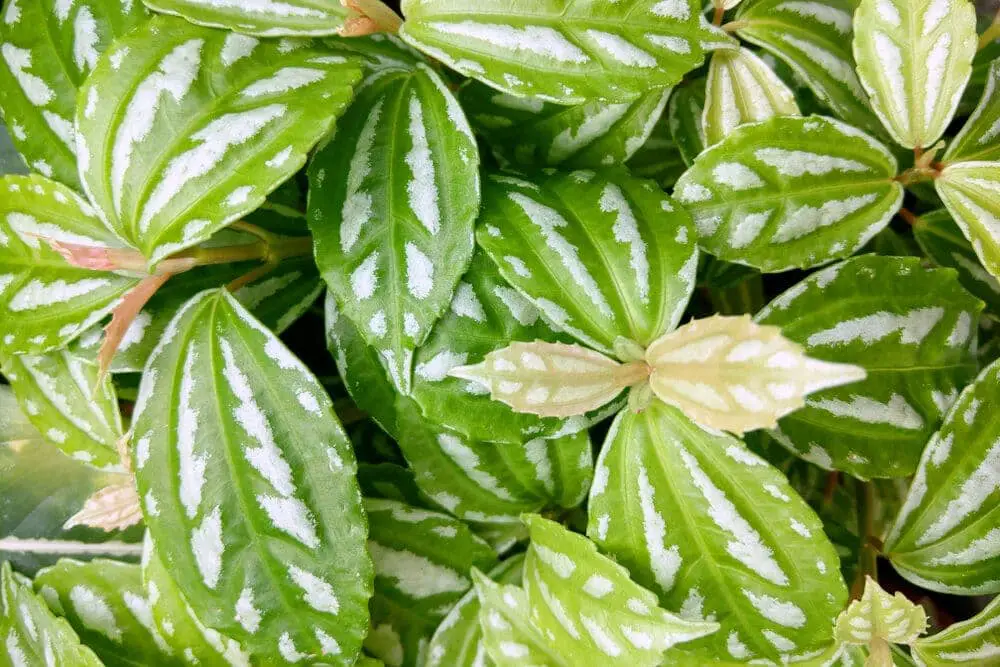
5. Temperature
You’ll find that these plants tend to thrive when kept in a warm environment between 60 and 80 degrees Fahrenheit. When they are exposed to temperatures below 50 degrees Fahrenheit, leaf damage is a real concern.
These plants are originally from rainforests, so they do best in a high-humidity environment. It is a good idea to take them inside once it starts getting colder outside. It doesn’t take much exposure to chilly weather for these plants to sustain major damage.
6. Repotting
You shouldn’t have to repot your Peperomia plant very often. Keep in mind that these plants tend to do best when they are kept in a somewhat small container. Repotting is usually only necessary every two or three years.
By repotting your plant, you will keep the mix from getting overly compacted. This will help with maintaining proper drainage. You don’t need to transfer these plants into a larger pot, but you can if you want to.
Make sure that you are careful when removing the plant from the pot it is currently residing in. Remove the soil around the roots and gently slide it out. Put the plant into its new pot, packing the mix in so it surrounds the roots while still maintaining proper drainage.
7. Speed of Growth
The growth rate of your Peperomia plant will depend on which variety it is. The most common type of this plant grows pretty quickly. The best way to encourage growth with these plants is to give them more light. Just make sure that the leaves don’t get scorched.
8. Height and Spread
Peperomia plants can grow up to three feet tall and up to 18 inches wide. It is therefore important that you give your plant enough space to spread out, wherever you choose to put it.
9. Flowers
The flowers that the Peperomia plant produces are not very large at all. In fact, it is pretty rare for these plants to produce any flowers.
10. Trimming
One of the great things about the Peperomia plant is that it is very durable and holds up against trimming very well. It is important to remove dead leaves on your plant, as they are most likely infected. By doing this you will save other leaves from the same fate.
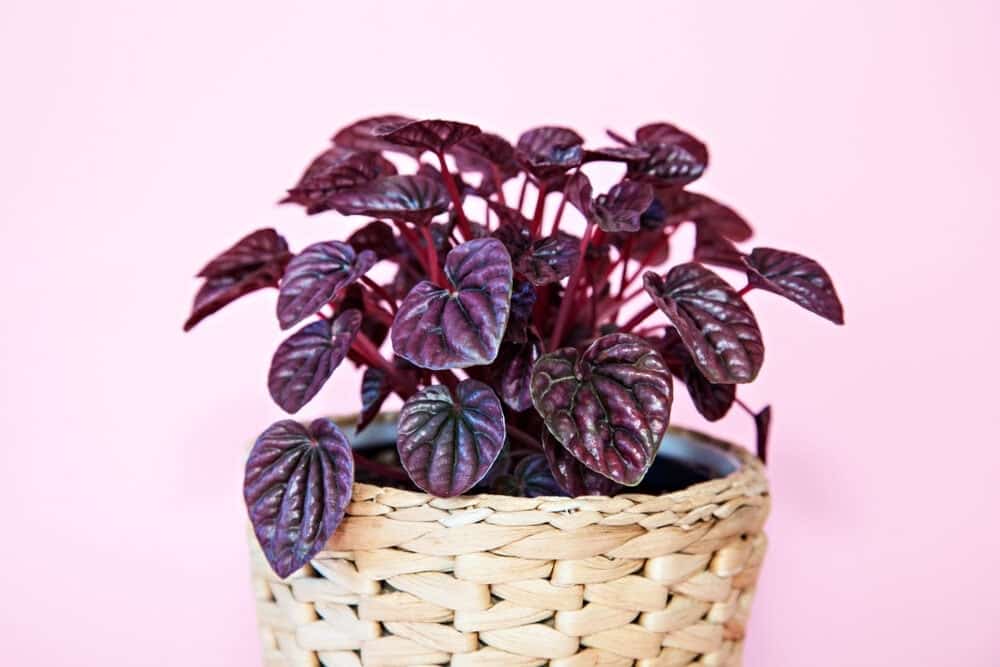
Is the Peperomia Plant Poisonous?
The Peperomia plant is considered to be very toxic to both cats and dogs. You’ll therefore want to be careful about keeping this plant in the house if you have either of these pets.
Some of the common signs that your pet has ingested this plant include:
- Excessive drooling/salivating
- Vomiting
- Swelling of the mouth
- Lack of appetite
- Lethargic behavior
Can Peperomia Plants Grow in Water?
If you want to grow one of these plants in water, you can do so by simply submerging a broken piece in a vase or large drinking glass. You’ll want to make sure that there is at least six inches of stem in the water.
Common Peperomia Plant Diseases
“Ring spot” is a fairly common disease that affects Peperomia plants. This infection is the result of a virus. You will notice disfigured leaves on your plant with brown rings on them.
You can avoid this by simply taking cuttings from only plants that you know are healthy. Make sure that you remove all of the affected leaves to stop the spread of the viral infection.
Conclusion
- It is important that your Peperomia plant gets a good amount of indirect sunlight on a daily basis.
- If you keep your plant outside, you’ll need to choose a nice shady spot.
- You can always tell if this plant needs to be watered by feeling the top inch of soil. If the soil feels very dry, it is time for a watering.
- This plant should be kept in potting soil that drains well. A combination of perlite and peat moss is ideal.
- Repotting is usually only needed every 2-3 years. These plants are durable and hold up well to pruning, so there’s no need to be gentle.
- These plants can get up to three feet tall and 18 inches wide, so choose a spot where yours can spread out.
- Peperomia plants are very toxic to cats and dogs, so you’ll need to keep that in mind if you have any of these pets at home.
- Ring spot is the most common disease that affects these plants. It causes the leaves to become disfigured with brown ring markings.
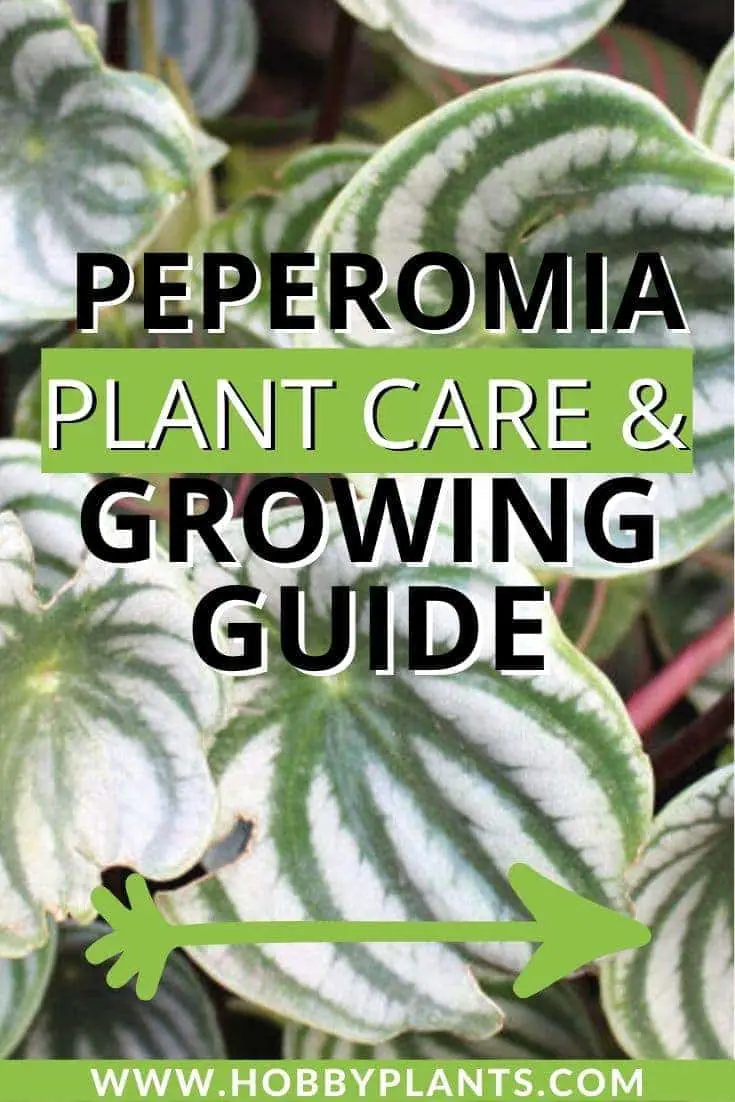
Victoria is the owner and main author of hobby plants. She loves spending her free time in her garden planting and taking care of her plants. Victoria hopes you enjoy the content here!
![Mother Of Thousands Plant [Complete Plant Care Guide] Mother Of Thousands Plant [Complete Plant Care Guide]](https://www.hobbyplants.com/wp-content/uploads/2022/07/mother-of-thousands-plant-300x158.jpg)


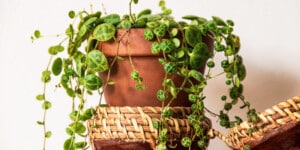
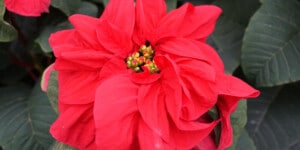
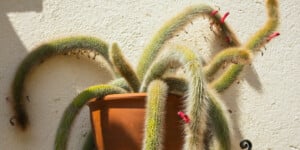
![Majesty Palm Plant Care: [Complete Beginner's Guide] Majesty Palm Plant Care: [Complete Beginner's Guide]](https://www.hobbyplants.com/wp-content/uploads/2022/08/majesty-palm-care-300x158.jpg)
![Exotic Angel Plant Care: [Complete Beginner's Guide] Exotic Angel Plant Care: [Complete Beginner's Guide]](https://www.hobbyplants.com/wp-content/uploads/2022/08/exotic-angel-plant-care-300x158.jpg)
![Snow White Waffle Plant: [Complete Care Guide] Snow White Waffle Plant: [Complete Care Guide]](https://www.hobbyplants.com/wp-content/uploads/2022/08/snow-white-waffle-plant-300x158.jpg)
![Waffle Plant Care: [Complete Beginner's Guide] Waffle Plant Care: [Complete Beginner's Guide]](https://www.hobbyplants.com/wp-content/uploads/2022/08/waffle-plant-300x158.jpg)
![Bird Of Paradise Plant Care: [Complete Beginner's Guide] Bird Of Paradise Plant Care: [Complete Beginner's Guide]](https://www.hobbyplants.com/wp-content/uploads/2022/08/bird-of-paradise-plant-300x158.jpg)
![Purple Passion Plant Care: [Complete Beginner's Guide] Purple Passion Plant Care: [Complete Beginner's Guide]](https://www.hobbyplants.com/wp-content/uploads/2022/08/purple-passion-plant-care-300x158.jpg)
